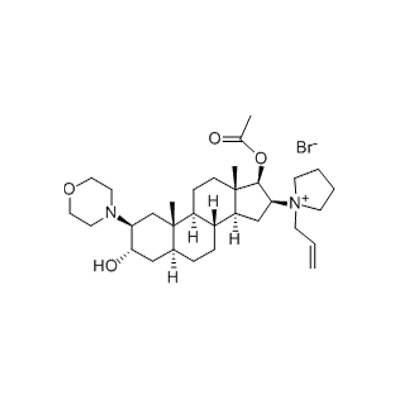Exploring the Synthesis and Derivation of APIs: The Heart of Pharmaceutical Production
2024-06-15
In the world of pharmaceutical science, Active Pharmaceutical Ingredients (APIs) are the building blocks that give life to medications. They are the substances responsible for delivering the desired therapeutic effects within the body. But how do these powerful compounds come to be? Let's delve into the fascinating process of how APIs are synthesized or derived.
Chemical Synthesis
One of the most common methods of API synthesis is chemical synthesis. This involves the use of chemical reactions to convert one or more starting materials (reactants) into the desired API. The synthesis process can be simple or complex, depending on the structure and complexity of the target API.
In chemical synthesis, the choice of reactants, reaction conditions, and catalysts is crucial. These factors determine the efficiency, yield, and purity of the API produced. Chemists carefully design and optimize the synthesis route to ensure the production of high-quality APIs that meet the required specifications.
Biological Derivation
In addition to chemical synthesis, APIs can also be derived from biological sources. This process typically involves the isolation and purification of biologically active compounds from natural sources such as plants, animals, or microorganisms.
For example, many traditional herbal medicines contain active compounds that have been used for centuries to treat various ailments. Through advanced extraction and purification techniques, these compounds can be isolated and utilized as APIs in modern pharmaceutical products.
Semi-Synthetic Derivation
Another approach to API derivation is semi-synthesis. This method combines chemical synthesis with biological derivation to create APIs that possess unique therapeutic properties.
In semi-synthesis, a naturally occurring compound is first isolated and then chemically modified to produce the desired API. This approach allows for the incorporation of specific chemical modifications that enhance the efficacy, stability, or bioavailability of the API.
Regulatory Considerations
Regardless of the synthesis or derivation method used, the production of APIs must adhere to strict regulatory requirements. Pharmaceutical companies must ensure that their APIs meet the highest standards of quality, safety, and efficacy. This involves rigorous testing and evaluation throughout the production process to ensure that the APIs produced are suitable for use in pharmaceutical products.
Conclusion
The synthesis and derivation of APIs are complex but fascinating processes that play a crucial role in the production of pharmaceutical products. Whether through chemical synthesis, biological derivation, or semi-synthesis, the goal is to produce high-quality APIs that can deliver the desired therapeutic effects in patients. As pharmaceutical science continues to advance, new methods and techniques for API synthesis and derivation will emerge, further enhancing the efficacy and safety of pharmaceutical products.



